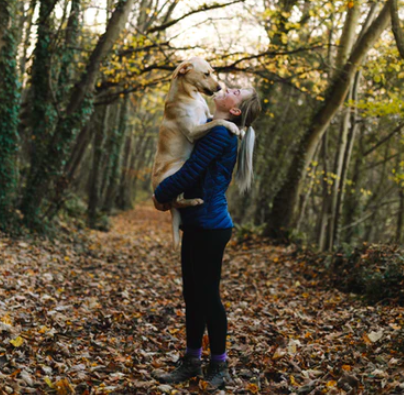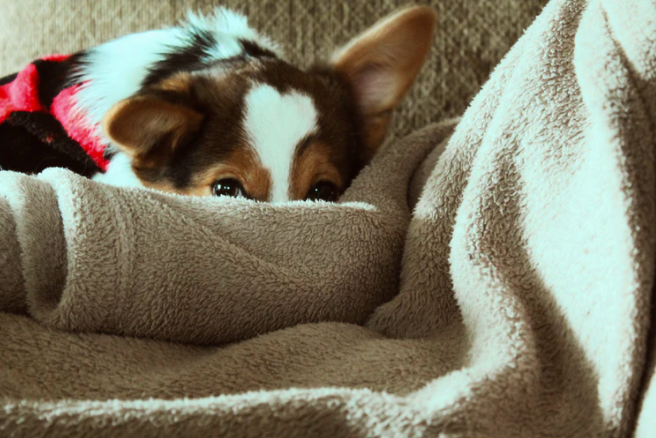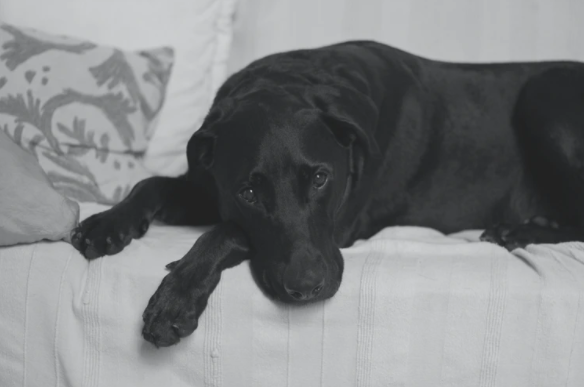There’s a lot of talk and debate around the lockdown. But somehow, many of us are missing another important aspect – how it is affecting our pets.
When it all began, we’re positive that your pet was mildly surprised and extremely happy because his or her best friend was home all the time! The dark side of this is that your pet is now used to you being around all the time. The routine has completely changed and your furry best friend is really happy about it.
Very soon, times will reverse and our routine will be like it used to be – revolving around our work. We will have no option but to step out everyday for a few hours. How will you explain this to your pet?
The chances are, he/she may be deeply distressed by this sudden change. The first day will be the hardest because after such a long gap, you are gone! Thankfully, there are quite a few things you can do to make this a seamless process. Wear your training caps and read on!
Think different
All pets do not react in the same way. For example, dogs are usually more distressed than cats about separation from their owners. They also tend to cope up quickly and get used to the absence. However, they enjoy attention and intimacy with their owners almost as much as dogs do. Therefore, your strategy must depend on the type of pet you have and his/her personality. Another example is of dogs with a sad past such as abandonment. They fear separation much more than other dogs. If you have a rescue, thus, you should be more attentive and careful.
Make it gradual

We have learned that in almost all cases, gradual distancing works a fair bit. How gradual this should be, depends on your pet altogether. As a general rule, we suggest that you start by leaving home for 15 minutes. Do this a couple of times at least and then increase it to 30 minutes. If your pet has separation anxiety, you can start with a much smaller window – 2 to 5 minutes.
The key here is to build trust in your pet – trust that you will always come back to him/her no matter how long you are gone.
As the day for you to start going back to work inches closer, we suggest longer spans, scheduled close together. The last few days should be exactly like your work schedule. This will help you assess the situation and see if you need to take a few additional measures.
Ignore your pet once in a while
We know it sounds barbaric but it is not bad, trust us! Ignoring your pet’s attention calls every now and then is a good lesson that you can’t always get what you want. You can employ this technique when your pet starts demanding attention much too often. This way, he/she won’t be paranoid when you are not around and they want your attention pronto.
Watch what you wear
Pets are extremely smart. They learn to pick up cues and associate actions with consequences. For instance, if you are wearing shoes and a jacket, they will immediately associate it with your absence. So, for a change, why not wear your windbreaker for a while as you watch TV? You can also wear shoes as you chill on the couch. This will ensure that your pet doesn’t freak out when you put your shoes on and walk out of the door. He/she will have learned that it is a routine process and you will be back soon.
Build a new routine
The lockdown has thrown all routines out of the window. Your pet has now forgotten (or chooses to ignore) what he/she has learned so far. What do you do now? You build a new routine.
Every time you take a break during the gradual distancing process, say something to your pet. “I will be back soon,” and “Stay home and be good,” are good examples. Every time your pet hears this, he/she will know that you are heading out. Your pet will also know that you will come back! So, the strategy behind this training process is to help your pet learn what to expect next.
Every time you say those words, he/she knows to stay home and wait for you without worrying about anything.
Leave a few memories behind

Our experience has proven that this works wonders! Leaving one of your old clothes with your pets helps them calm down and not worry about your absence. The familiar scent is very reassuring for them. Also, if you live in a noisy neighborhood or if your pet dislikes sounds, you can play soothing music or any other content on the radio/TV while you are away.
Change the engagement timings
During the lockdown, we are positive that you played with your pet whenever you felt like. This has trained him/her to expect play time right in the middle of the day! After lockdown, you are not going to be available and that will cause sadness. So, why not start shifting play time/engagement time to the evenings when you will be home? Start this 2 weeks before you head back to work so that your pet gets used to the new arrangement and does not expect play time at random hours.
Since they do not understand what’s happening and why, they take time to get used to new changes. Make sure you give them that time patiently and work with them to alleviate stress. All the best to you and your pooch!
Hi, I am Mary Williams. I have a keen interest in technology-related content; I love reading and researching what’s new in tech. I also like writing articles related to pet, automotive, gardening, science and much more. If not writing you will find me trying different adventure sports and travelling the world with my camera.







